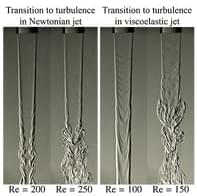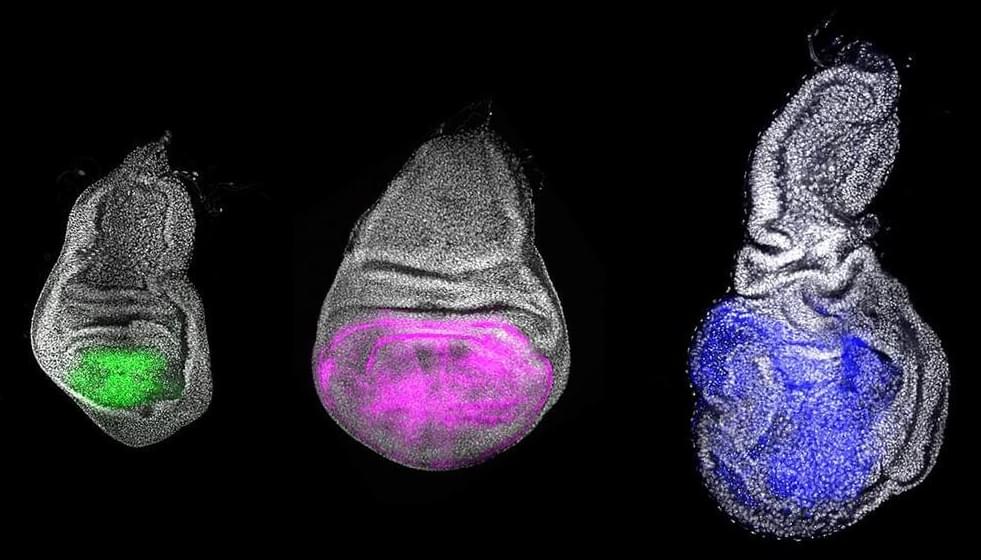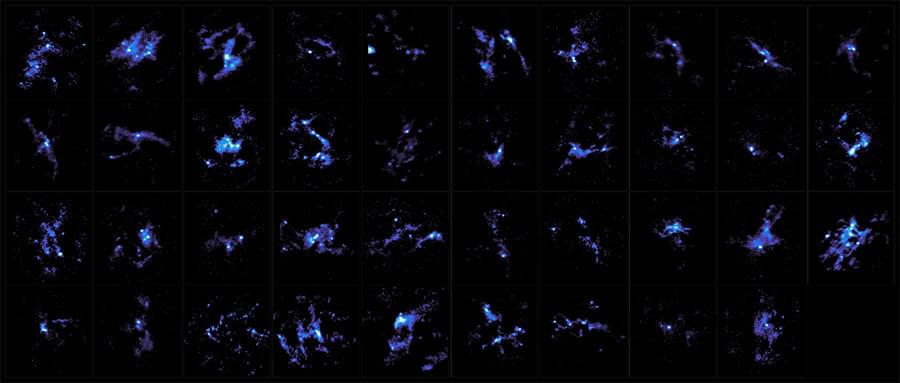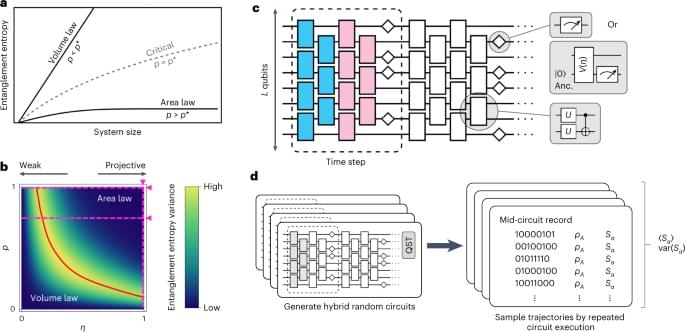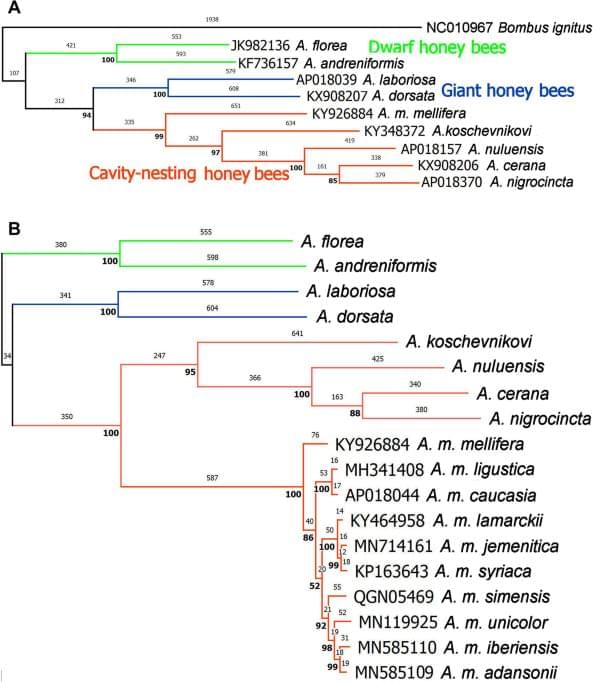The human body reveals compelling evidence of evolution. By examining its intricacies, we uncover remnants of our animal ancestors. One such example is the palmaris longus, a vestigial muscle in the forearm. Although it no longer affects grip strength, it can be removed for reconstructive surgeries. Our outer ear muscles also bear witness to our evolutionary past. While their movement is limited to humans, they once aided early nocturnal mammals in sound localization. Today, electrodes can detect slight muscle activity in response to sudden sounds.
Goosebumps offer another intriguing clue. When we’re cold, tiny muscles connected to body hairs contract, causing the hair to stand upright, and creating bumps on the skin. This response, useful for furry mammals’ insulation, can also be triggered by intense emotions or surprising musical moments in humans. Lastly, the tailbone, or coccyx, composed of fused vertebrae, represents the vestiges of our ancestors’ tails. Although all humans develop a tail during embryonic stages, it regresses and disappears, except in rare cases of a vestigial tail present at birth. These remnants within our bodies provide tangible proof of evolution. Delving into these fascinating traces deepens our understanding of our evolutionary journey and our place in the natural world.
